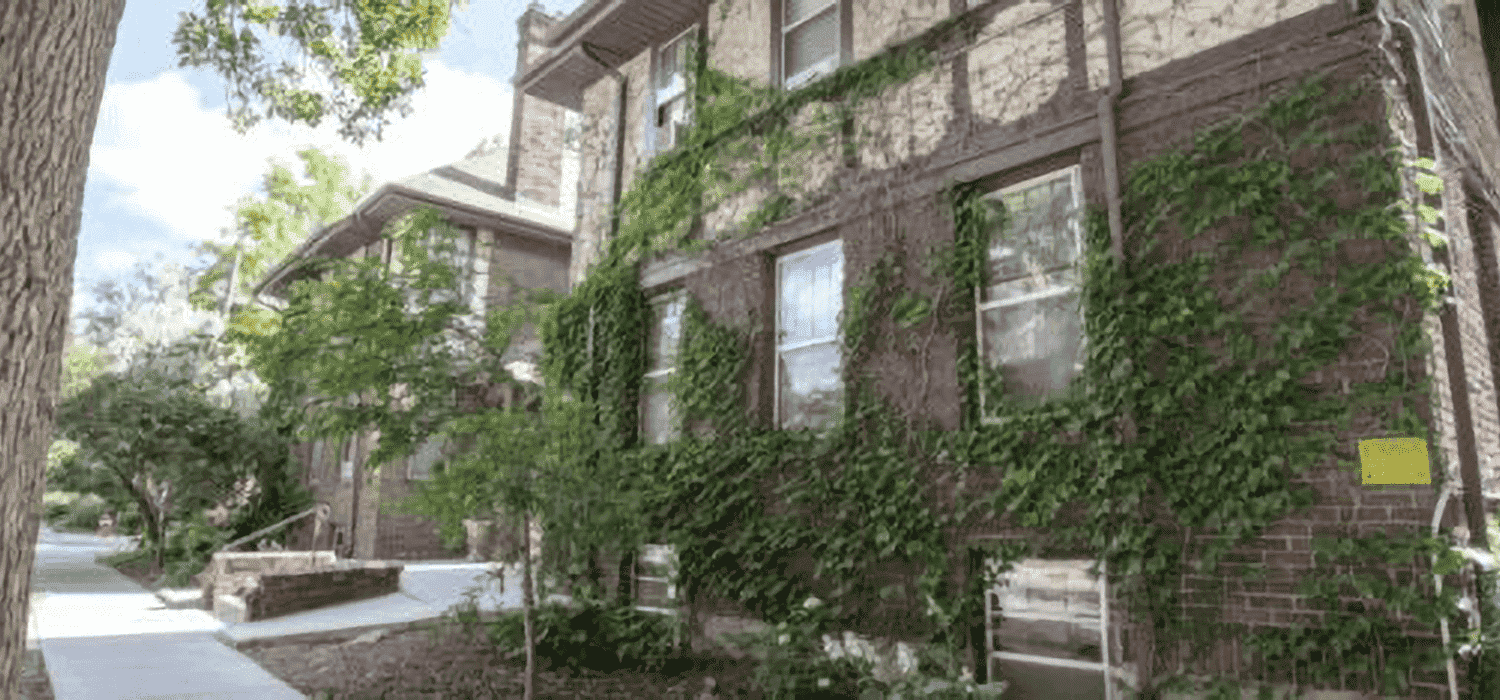For many people facing a range of challenges, the key to recovery can be helping others. For Bill Arrigoni’s mother, that was exactly the case. In 1973, she approached Bill about opening a halfway house, the idea that became Supportive Living Solutions. Their mission: tackling the issue of stable housing in the Twin Cities.
In the beginning, their focus was on helping the chronically addicted. When people complete treatment, many times they return to their family and friends. Often, this environment is the same one that led them down the path to addiction, and will do so again. Providing people with affordable, stable housing is key to continuing their recovery. “We’re helping people stabilize in their sobriety.” Arrigoni states. This safe haven takes the stress of housing out of the equation, allowing their clients to focus on restarting their lives.
Branching Out
Supportive Living Solutions saw the need for stable housing for other groups of people. They still operate their original program, but have expanded to those living with a mental illness as well as those experiencing long-term homelessness.
They started both programs as facility-based resources. Offering the clients not only apartment-style housing, but also 24 hour support and specialized care when they need it. For the clients experiencing homelessness, they provide this stable housing to ease re-entry into employment.
“When you’re homeless, so much energy goes into shelter every day,” Arrigoni says, “We aim to take that stress away so that energy can be put toward education and employment.”
Meeting Clients Where They Are
Due to the extreme need for their services, Supportive Living Solutions now offers their services as an in-home model. They help people who suffer from mental and general physical disabilities and live on their own. They help them cope with the fears they may have surrounding their independence and empower them to succeed on their own.
Their “Housing Access” program helps remove barriers preventing those with disabilities from finding housing. They maintain a network of trusted landlords where their clients can find affordable housing.
The “Go Supportive” helpline is a 24 hour resource for in-home clients who need assistance. They don’t provide medical assistance, but they offer assistance dealing with the stress of a very difficult renting landscape. They aim to avert a crisis before an incident occurs.
Challenges Ahead
The very tight real estate market not only affects their clients, but also Supportive Living Solutions. Facilities are getting more expensive to purchase, which makes expansion very difficult. It’s not all bad; the Twin Cities is an excellent location for Supportive. Minnesota has some of the best chemical dependence and mental health resources in the country, as well as many community partners to work with when issues are outside of their focus.
The key to the future for Supportive Living Solutions is public policy. Local residents can urge their politicians to make these sort of assistance programs feasible. “We can all work to break the stigma,” urges Arrigoni. “These programs save lives, save families and allow people a free life.”
To learn more about Supportive Living Solutions visit gosupportive.com/.

